The cradle of French Catholic America, a colonial capital of two empires, a World Heritage Site gem, and the capital of the province of Quebec, Quebec City has long been favoured by artists. Even Samuel de Champlain (c.1570–1635), the founder of the first permanent French colonial settlement in Quebec City in 1608, was a painter.
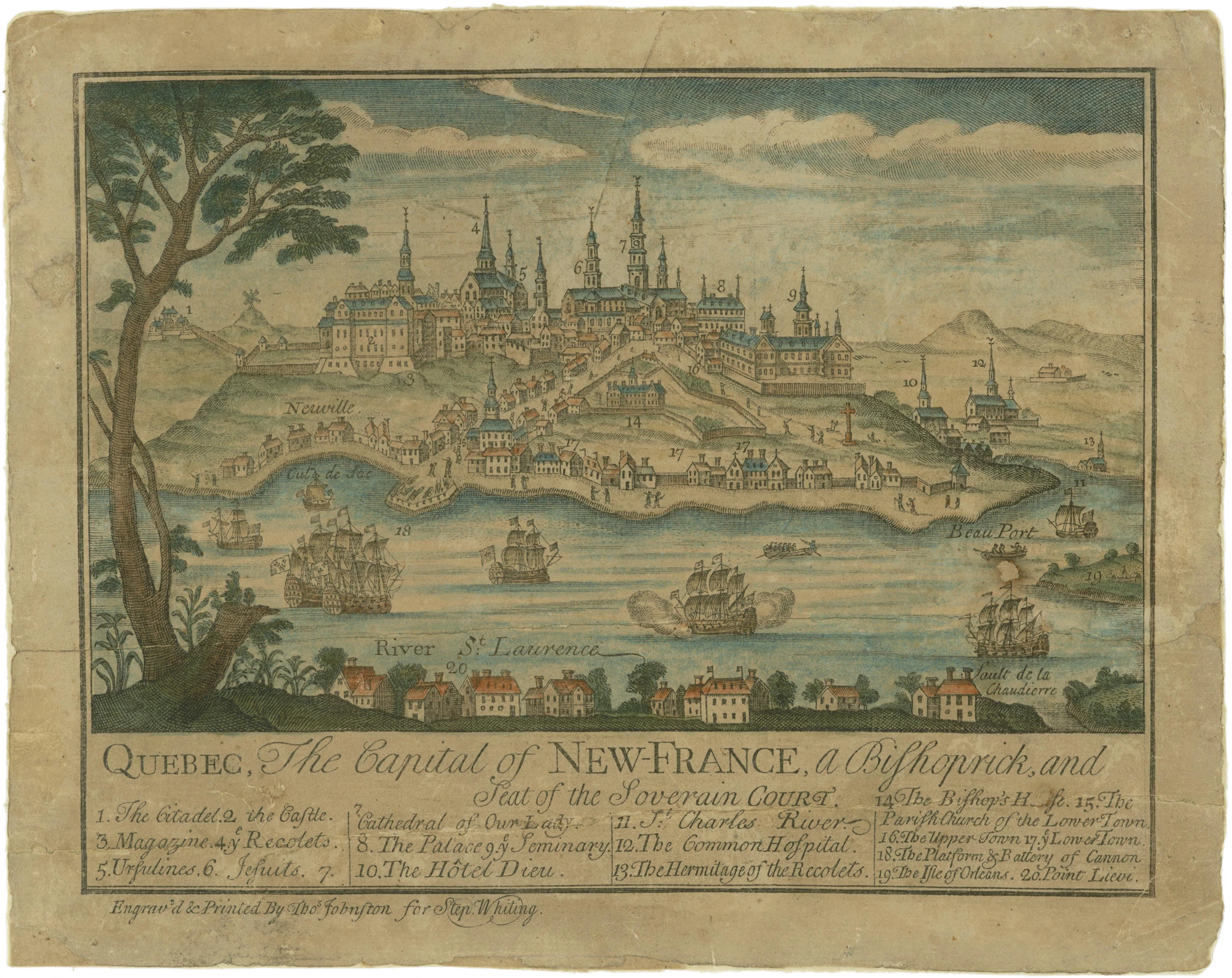
Quebec City’s spectacular beauty has made it a muse for many. Picturesque and heroic, it stands as a fascinating paradox, with a population that is ninety-five per cent francophone in an anglophone North America and origins that stretch back to the territorial occupation by the First Peoples, to whom the city owes its name. The weight of history exerts its power in Quebec, echoing the words of the French political theorist Alexis de Tocqueville, who declared at the end of Democracy in America (1840): “When the past no longer illuminates the future, the spirit walks in darkness.” The illustrious Tocqueville, strolling through Quebec City in 1831, was struck by its people, whose dialect and customs reflected the Old France of the era of Louis XIV (1638–1715). Nearly two centuries later, Quebec City still embodies this blending of past, present, and future. The balance between the city’s rich historical legacy and the energies of the present is sustained by the ever-renewed creativity of its artists.
This illustrated history of art and artists in Quebec City pays tribute to the men and women who dreamed of a city nestled at the confluence of a river and a majestic estuary, crowned by a natural fortress. The book begins with an ancient civilization whose millennia-old presence is held in artifacts—often fragmentary—that bear witness to seasonal passages and settlements on the site of Quebec City. From there, the story unfolds through the historical periods of the French Regime (1608–1759) and the British Regime (1763–1867), when the area was shaped by the commercial, religious, and imperial ambitions of its conquerors. We will see how art flourished in a colonial capital recognized by both regimes. We will also observe that creative expression in Quebec City is deeply intertwined with encounters and conflicts, and that, despite tragedies—attacks, epidemics, and fires—art has always reigned supreme in the city.
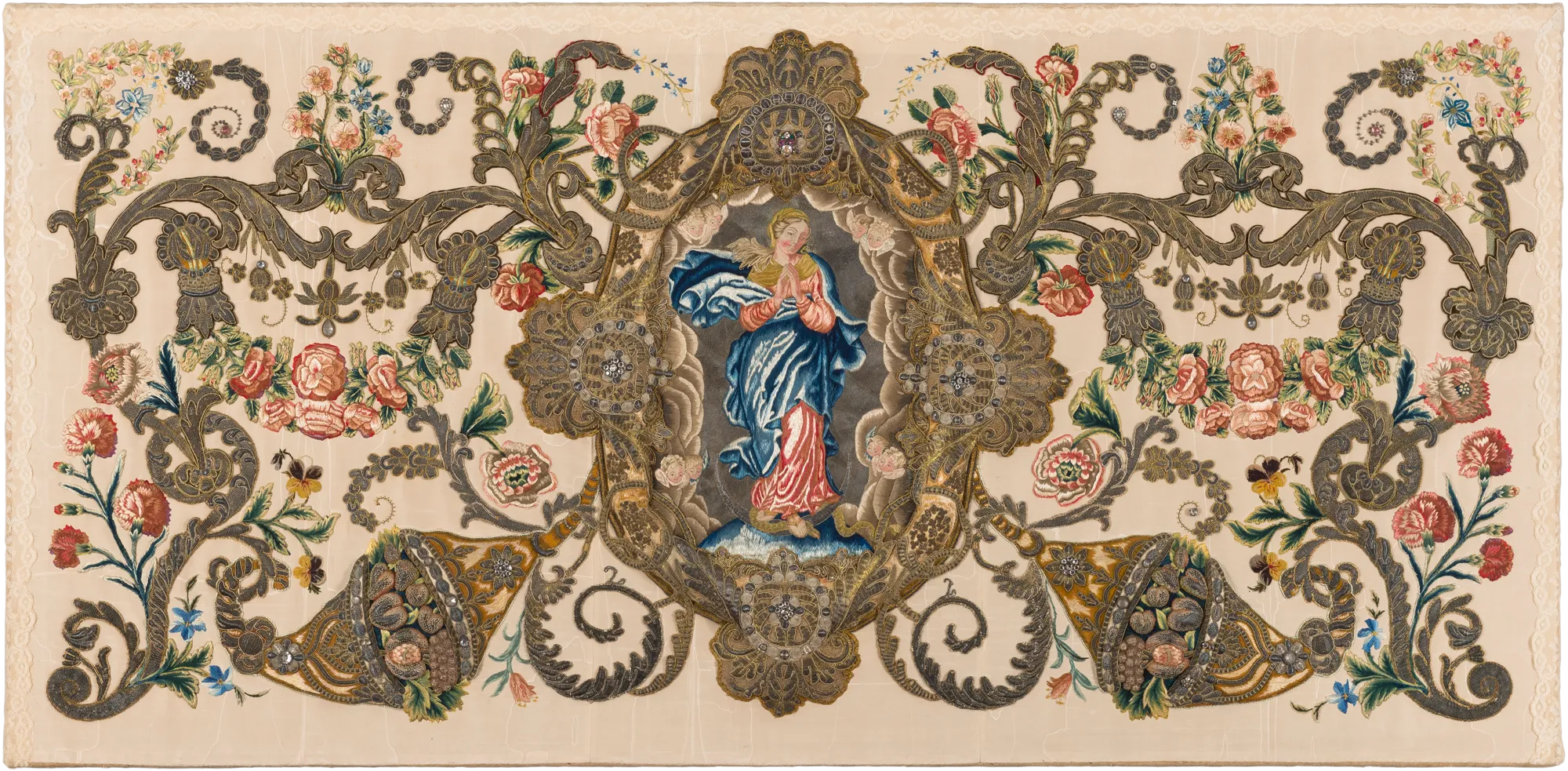
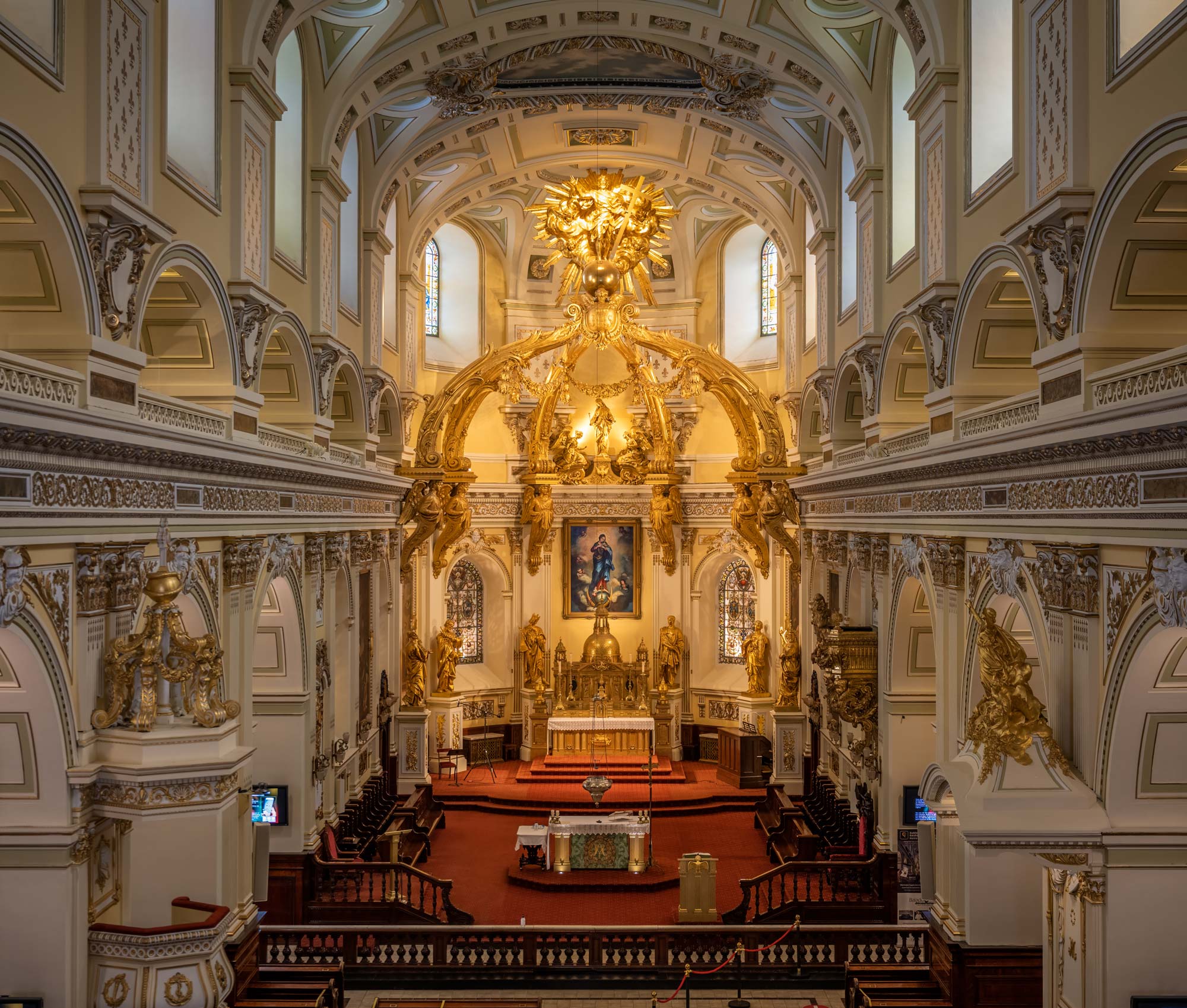
The precious gold-and-silver thread embroideries of Ursuline sister Marie Lemaire des Anges (1641–1717) and the richly gilded carvings of François Baillairgé (1759–1830) remind us that in the seventeenth and eighteenth centuries, art served both the French Catholic Church and the King. After British forces defeated the French in the 1759 Battle of Quebec and throughout the nineteenth century, the cultural vibrancy at the foot of the Gibraltar of America gave rise to a range of artistic practices—from the deeply humanist portraits of Antoine Plamondon (1804–1895) and the landscapes and city views of the English topographical painter James Pattison Cockburn (1779–1847) to the visual chronicles of Joseph Légaré (1795–1855), a painter, a collector, and the founder of the first private art gallery in Quebec City. The contributions of the Dutch-born painter Cornelius Krieghoff (1815–1872) were also important, particularly his lively depictions of scenes from local French Canadian life. These works paved the way for Quebec regionalism in painting.
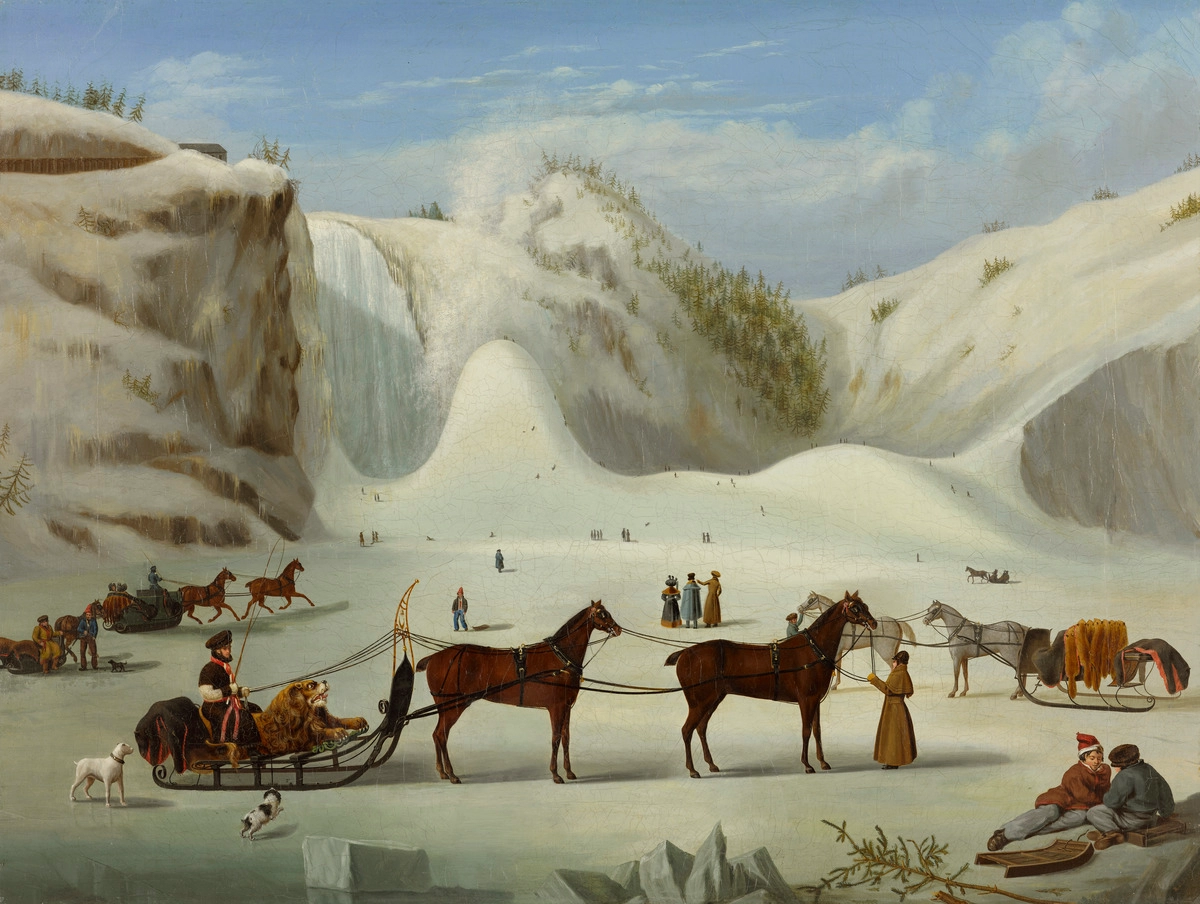
In the wake of Confederation (1867), Quebec City—chosen as the capital of the province of Quebec (this time permanently)—became a symbol of French Canadian identity. Artists, primarily painters and sculptors, were called upon to give shape to historical events and to commemorate the heroic men and women who adorn the facades, interior walls, and ceilings of the Parliament Building and populate the city’s parks and public spaces.
Quebec City was the first Canadian city to establish a public school of fine arts to train new generations of artists, many of whom have established a presence within the international art scene. This is exemplified here by creators such as Jocelyne Alloucherie (b.1947), Diane Landry (b.1958), and the collective BGL (active from 1996 to 2021). They have developed progressive practices in performance and installation—postmodern art forms that have resonated strongly in Quebec City. This book also highlights the thriving artist-run centres of the Saint-Roch district, a vibrant hub of creativity in Quebec City since the end of the Quiet Revolution in the 1960s. During this period, artists embraced technology and emerging practices such as video, continually pushing the boundaries of both visual and performing arts.
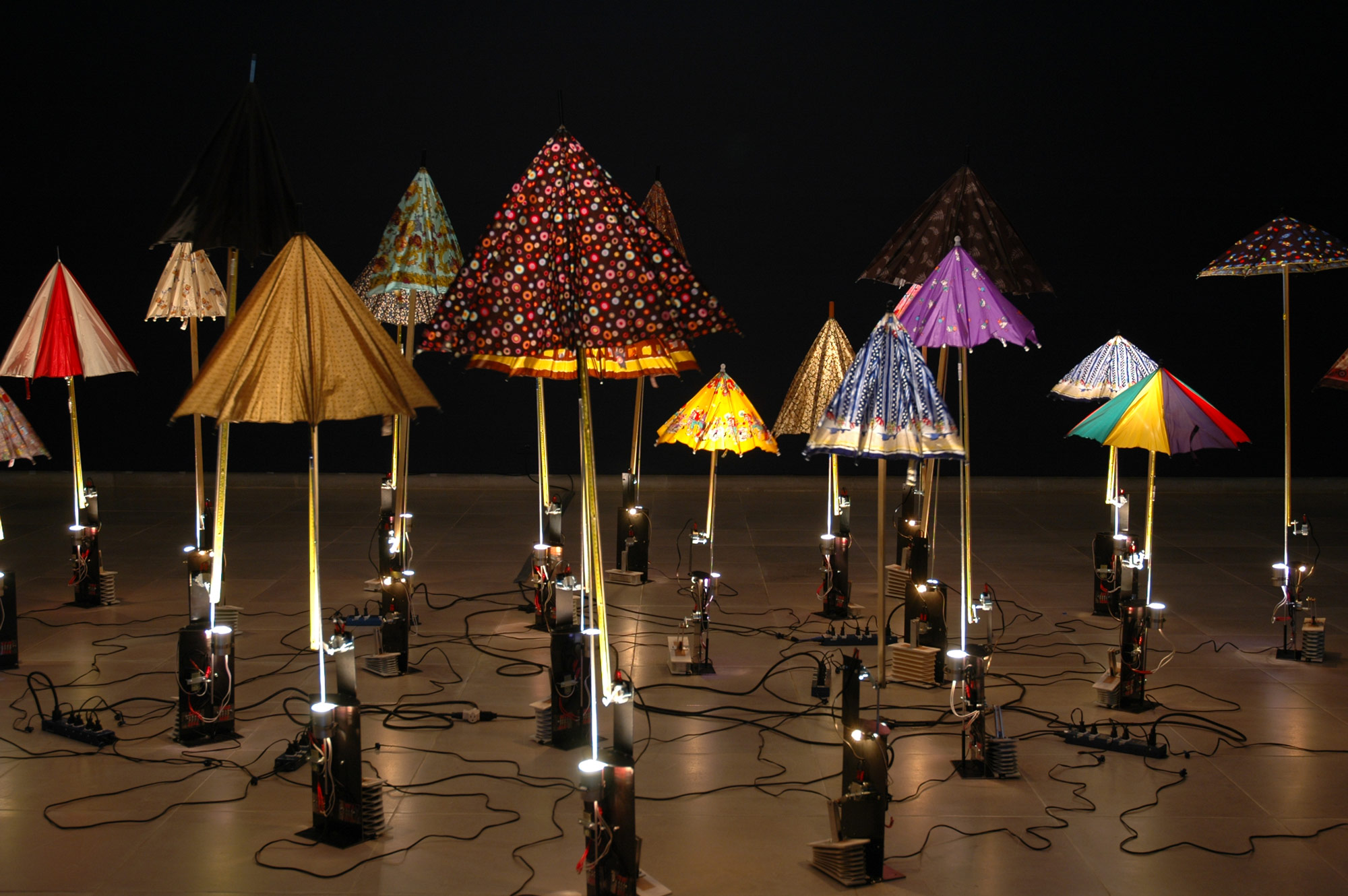
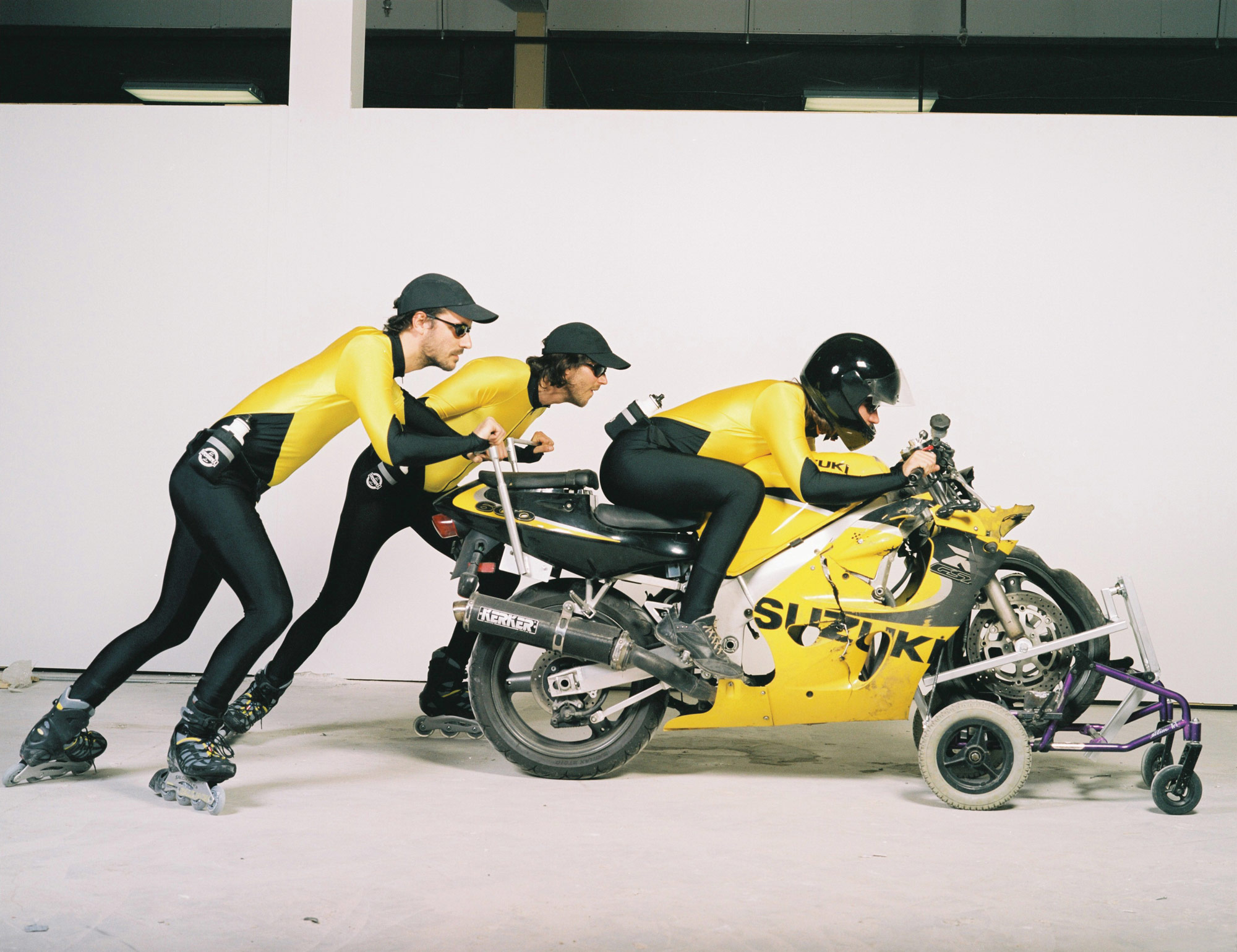
The poet and globetrotter Alain Grandbois (1900–1975), my father’s older brother, once wrote that “the face of Quebec City is one of the most moving among the faces of the world.” He had a deep love for the capital, “with its beautiful and well-constructed face, whose very wrinkles, while accentuating the strength and vigour of its character, also brought it a kind of nostalgic poetry like no other.”
In an era of great urban change, Oncle Alain felt a sense of melancholy for Quebec City’s old walls, a sentiment shared by its first art historian, Gérard Morisset (1898–1970), and the painter Jean Paul Lemieux (1904–1990). In 1933, the poet published Né à Québec, about the explorer Louis Jolliet (1645–1700). I treasure this little book with its yellowing pages, which required a paper knife to follow the story page by page. It has been with me since childhood, prominently displayed on the family library shelves among Oncle Alain’s poetry books, collections of short stories, and tales of adventure.
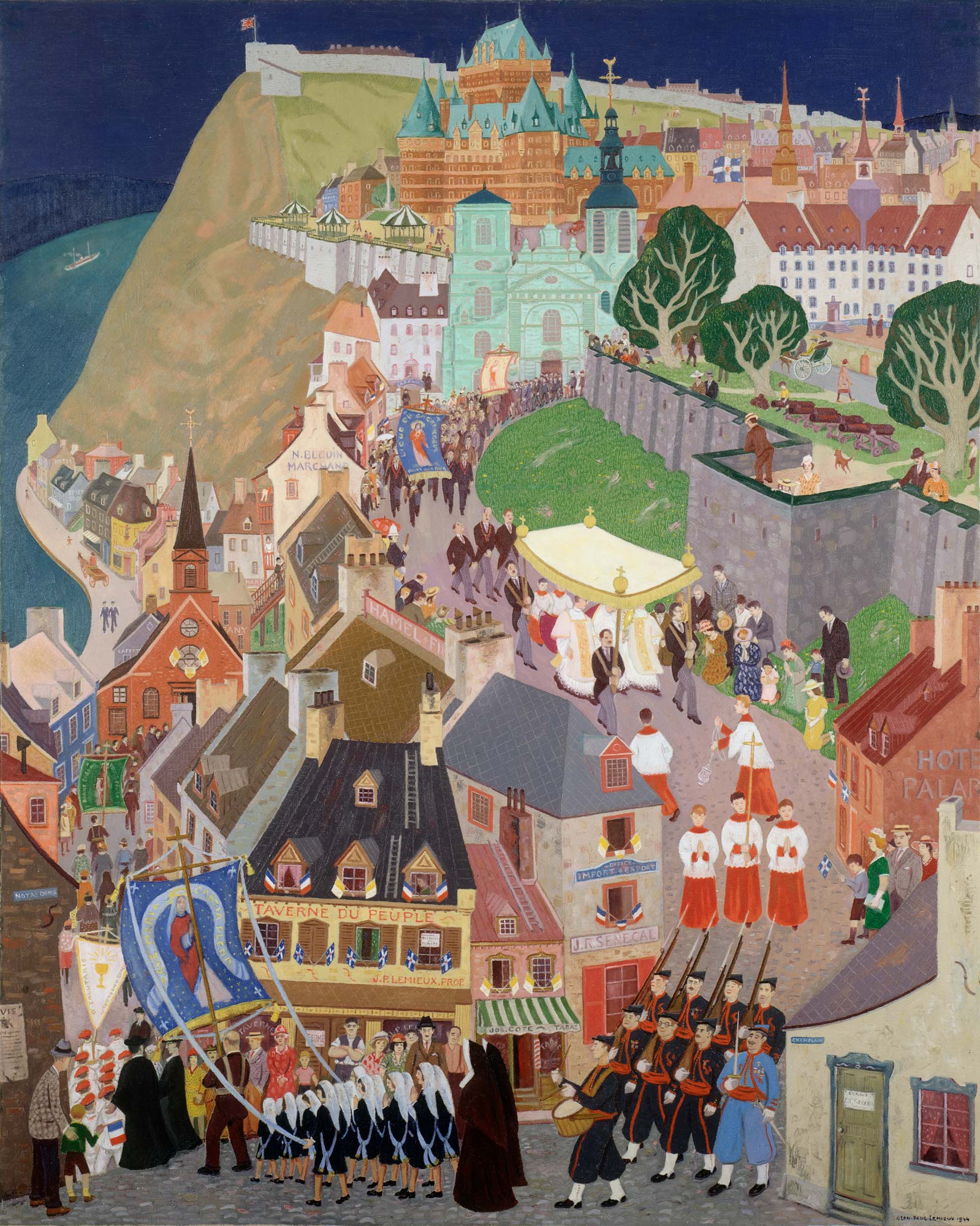
A native of Quebec City, I grew up in the Upper Town, at the foot of its fortified walls. My journey is intertwined with landmarks that have shaped the city: I studied at the School of the Ursulines, the first convent school for girls in North America, and later at Université Laval, the first French-language university on the continent. I taught at the Petit Séminaire de Québec, the distant successor to the Collège des Jésuites, established in 1635, and I spent twenty-five years as a curator at the Musée national des beaux-arts du Québec, the province’s first public museum.
Throughout my studies and professional life, I have had the privilege of engaging with the art and artists of Quebec City and collaborating with remarkable specialists in the history of Québécois and Canadian art. This account pays tribute to their research and publications, which stand as brilliant victories against the spectre of oblivion.
Michèle Grandbois
September 2024

 About the Author
About the Author
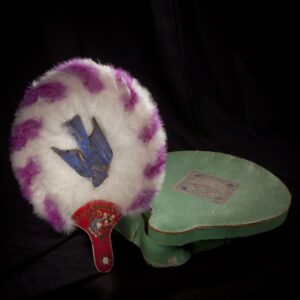 More Online Art Books
More Online Art Books
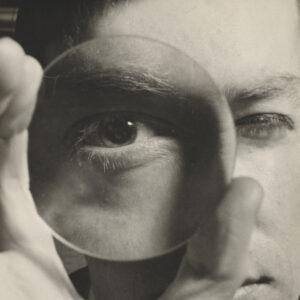 Acknowledgements
Acknowledgements